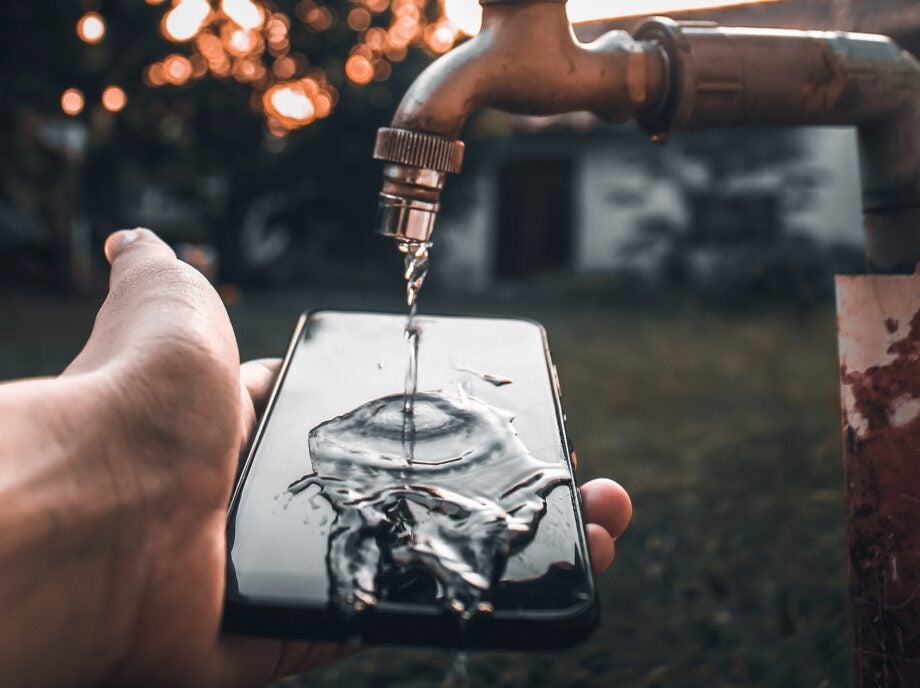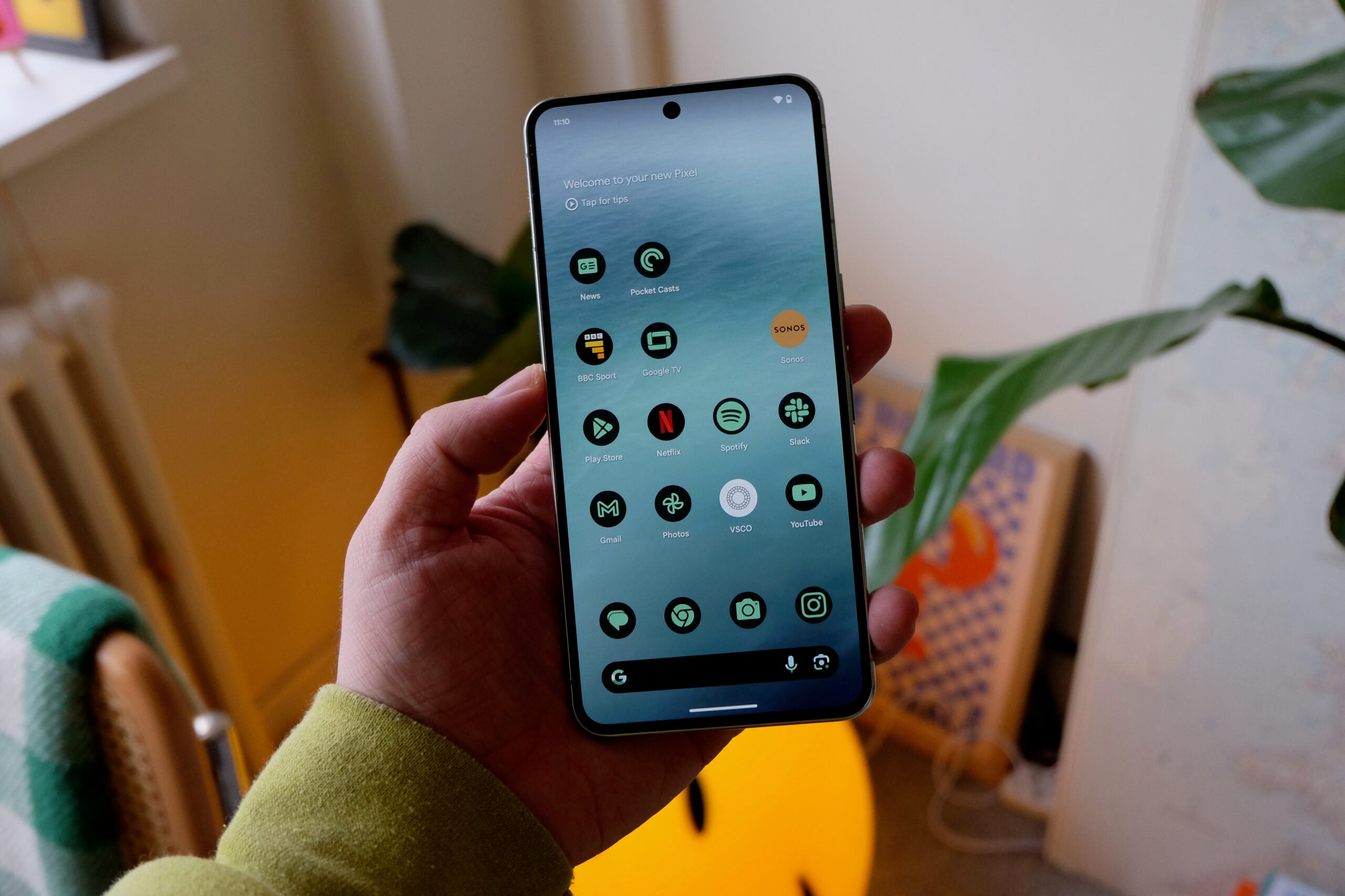What is an IP rating?

You might see many tech devices that claim of having a certain IP rating, followed by some numbers. But what does this mean?
One of the many things to consider when buying a new tech product, be that a smartphone, headphones, or a tablet, is whether it has an IP rating. You’ll often see us mention this particular quality in reviews, but what does it actually mean in practice? This article will answer all your questions.
What does IP stand for?
IP stands for Ingress Protection, meaning the extent to which objects or substances are prevented from entering the device in question. In the case of an IP rating, this specifically refers to the capability of a product to withstand exposure to water and dust.
What do the numbers mean?
Next to the initials IP, you’ll see a number; for instance, you may come across IP52 or IP67 ratings. But what do these specific numbers mean? The first number references the ingress of solids (i.e. dust), and the second represents moisture (i.e. water). Therefore the two numbers are actually independent of each other. The below charts show the significance of each of the numbers as described by The Enclosure Company, and what it means in practice.
- First digit (intrusion protection)
| 0 | No protection |
| 1 | Protection from a large part of the body such as a hand (but no protection from deliberate access); from solid objects greater than 50mm in diameter. |
| 2 | Protection against fingers or other object not greater than 80mm in length and 12mm in diameter (accidental finger contact). |
| 3 | Protection from entry by tools, wires etc, with a diameter of 2.5 mm or more. |
| 4 | Protection against solid objects larger than 1mm (wires, nails, screws, larger insects and other potentially invasive small objects such as tools/small etc). |
| 5 | Partial protection against dust that may harm equipment. |
| 6 | Totally dust tight. Full protection against dust and other particulates, including a vacuum seal, tested against continuous airflow. |
- Second digit (moisture protection)
| 0 | No protection |
| 1 | Protection against vertically falling droplets, such as condensation. ensuring that no damage or interrupted functioning of components will be incurred when an item is upright. |
| 2 | Protection against water droplets deflected up to 15° from vertical |
| 3 | Protected against spray up to 60° from vertical. |
| 4 | Protected against water splashes from all directions. Tested for a minimum of 10 minutes with an oscillating spray (limited ingress permitted with no harmful effects). |
| 5 | Protection against low-pressure jets (6.3 mm) of directed water from any angle (limited ingress permitted with no harmful effects). |
| 6 | Protection against direct high pressure jets. |
| 7 | Protection against full immersion for up to 30 minutes at depths between 15 cm and 1 metre (limited ingress permitted with no harmful effects). |
| 8 | Protection against extended immersion under higher pressure (i.e. greater depths). Precise parameters of this test will be set and advertised by the manufacturer and may include additional factors such as temperature fluctuations and flow rates, depending on equipment type. |
| 9 | Protection against high-pressure, high-temperature jet sprays, wash-downs or steam-cleaning procedures. |
What does an IPX rating mean?
If one of the digits in an IP rating has been replaced by an X (for example, IPX6) then this means that the quality has not been tested, so it does not have a rating for that functionality.
Why do some products not have IP ratings?
Given the usefulness of an IP rating in telling you how robust your device is, you may be wondering why some products do not have any such certification; the simple answer to this is that it actually costs money to obtain it.
Back in 2018, OnePlus claimed that this would cost around $30/~£23 extra per handset, so it is a considerable expense that’s tacked on to the product’s price tag.
Does an IP rating provide a guarantee?
You might think, given the official certification and its cost, that an IP rating amounts to a guarantee; however, that’s not actually the case. It merely gives an indication of how you can expect your device to perform if exposed to the stated conditions, but you cannot get a refund for it if it fails to do as expected. Therefore, you definitely shouldn’t try testing to see how accurate your IP rating really is!








